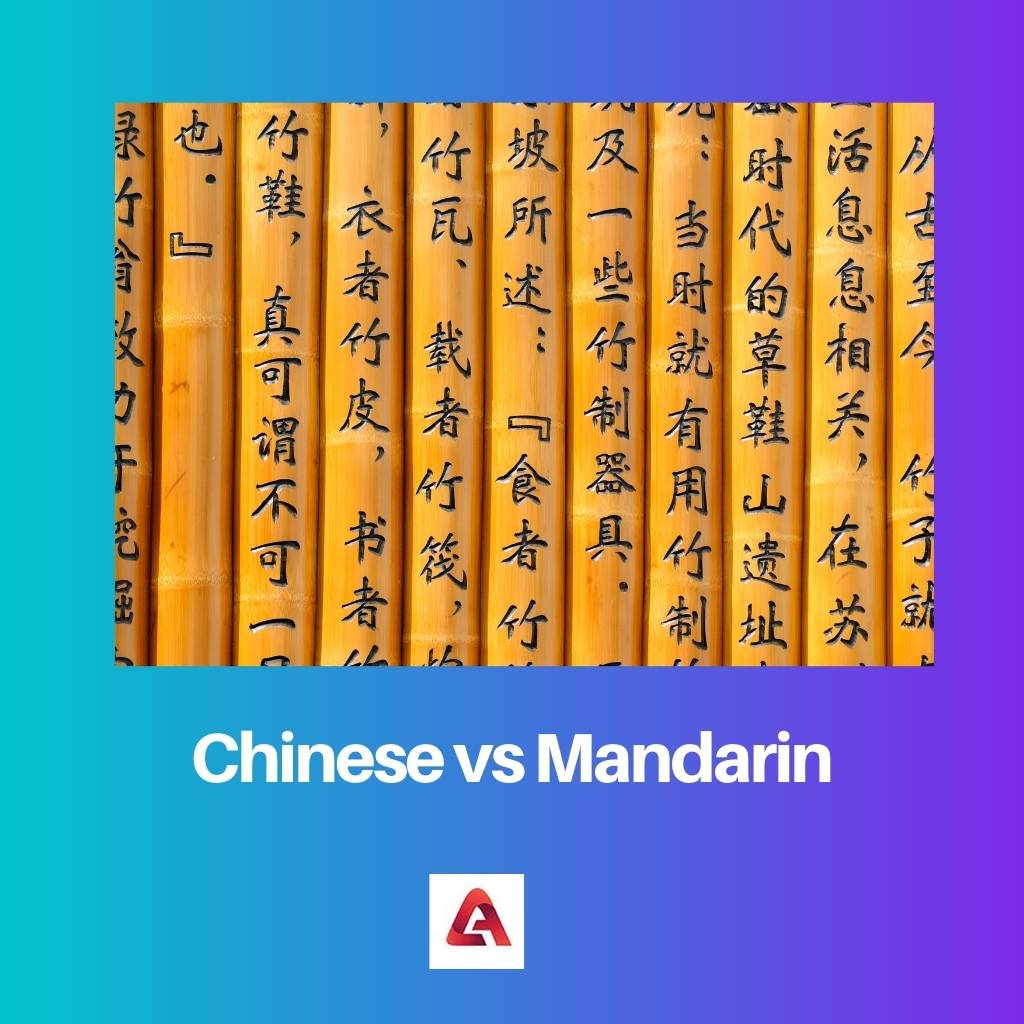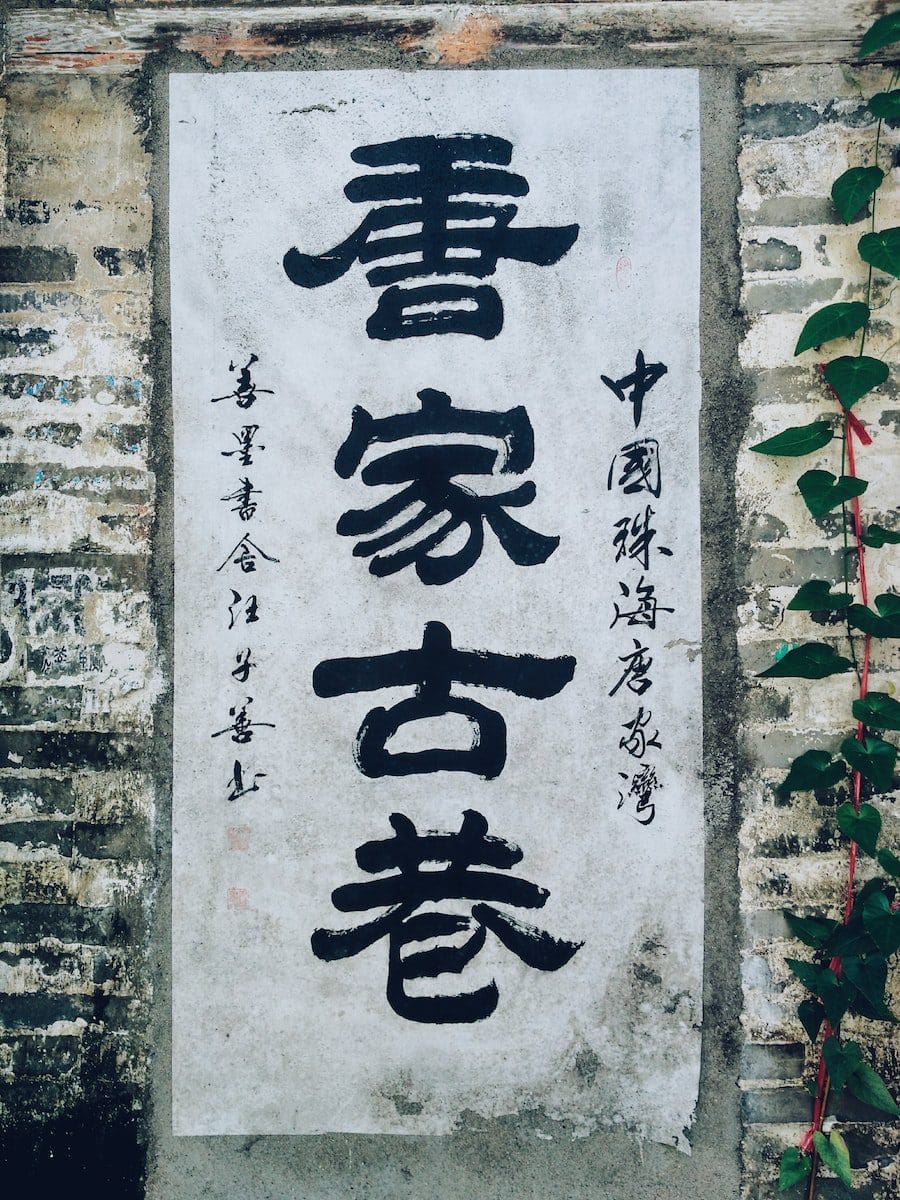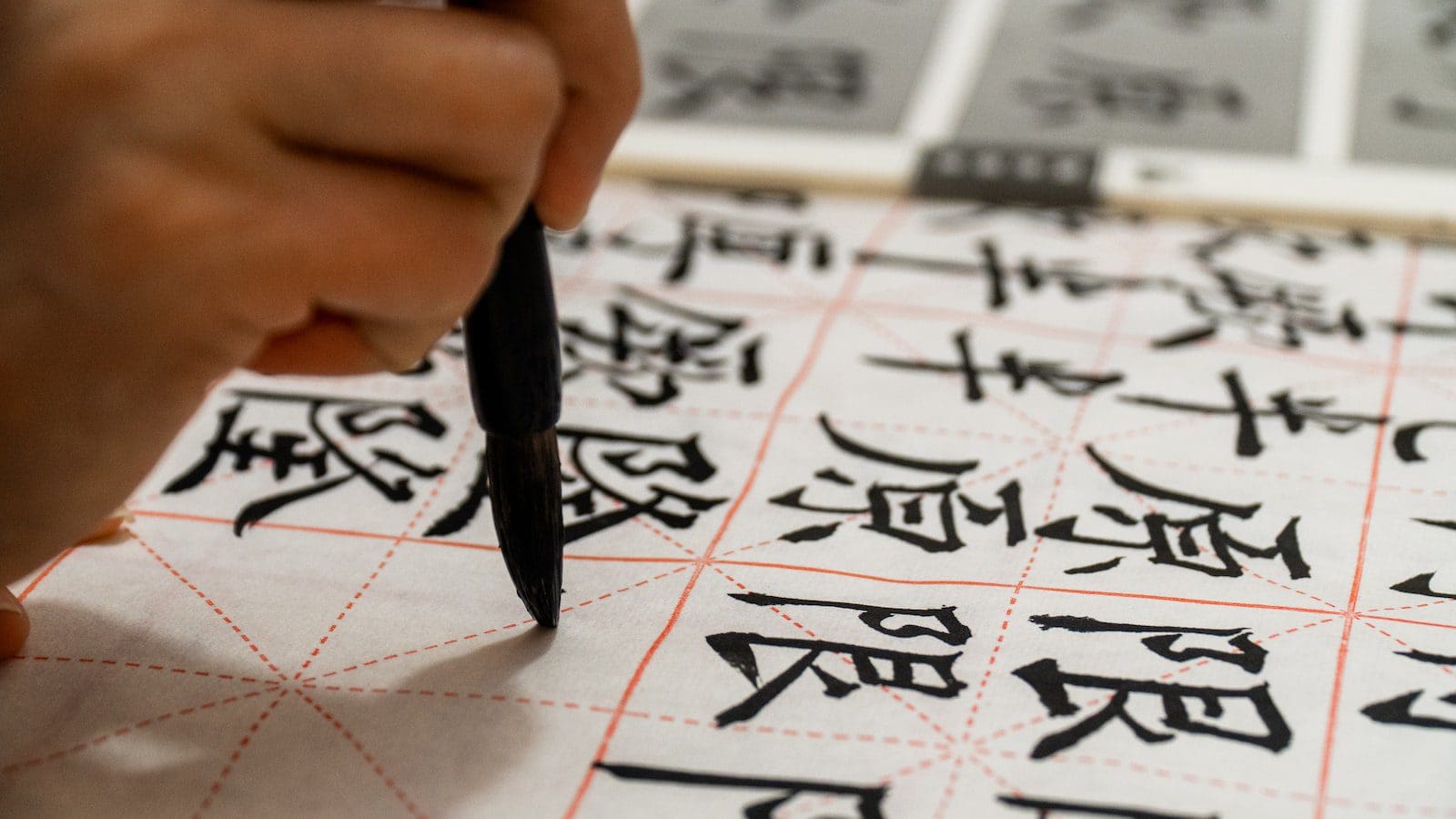Since Chinese and Mandarin are widely misconstrued and used interchangeably, it is important to recognize the distinction between Chinese and Mandarin.
There is a link between Mandarin and Chinese, but the difference between Chinese and Mandarin is fairly clear. They are extensively spoken in China and Taiwan, either in Chinese or in Mandarin. Interchangeably, Chinese and Mandarin are used.
Chinese is a widespread language used in China. Chinese is an English word. Many differences between Chinese and Mandarin cannot be discovered. There is no language such as Chinese when speaking the Chinese language.
The people who are not Chinese are Chinese but have a variety of dialects for Chinese people, and the most frequent one is the Mandarin and the Cantonese.
Key Takeaways
- Mandarin is a specific dialect of the Chinese language, while Chinese refers to a group of related languages and dialects spoken in China.
- Mandarin is the official language of China and is spoken by most of the population, while smaller groups speak other Chinese dialects of people in specific regions.
- Mandarin uses a standard set of characters called Simplified Chinese, while other Chinese dialects may use different character sets or writing systems.
Chinese vs Mandarin
Chinese is a group of languages native to the ethnic Han Chinese majority and many minority ethnic groups in Greater China. Mandarin is a group of Chinese dialects that are natively spoken across most of northern and southwestern China. It’s the language with the most native speakers in the world.

The Chinese language is spoken in China and Taiwan simply as Chinese is common among non-Chinese people. It is extremely convenient to mention the language so you do not grasp the language.
Chinese refers to the standard language that is widely spoken in these countries. It belongs to the Chinese-Tibetan language family. Every dialect is especially spoken or written in distinct locations in China.
Mandarin is a Chinese-language dialect. The name Mandarin reflects the language of Beijing’s imperial court. It is spoken in China’s Nord, Central, and Southwest areas.
It is also known as Standard Chinese or Modern Standard Chinese. It is widely utilized that the government, entertainment, and education language is accepted.
Comparison Table
| Parameters of Comparison | Chinese | Mandarin |
|---|---|---|
| Officially Invented in | 6000 years ago | 1932 |
| Native speaker | 1 billion | 920 million |
| Official language of | Sino-Tibetan | China, Singapore, Taiwan |
| Early form | Archaic Chinese | Old Chinese |
| Status | Standard Chinese | Modern standard Chinese |
What is Chinese?
Chinese is an ethnic Chinese majority language group and a large number of minority ethnic groups in Greater China. A variety of Chinese speak their first language, around 1,3 billion people. The spoken Chinese dialects are regarded as variants of a single language by native speakers.
However, because of their lack of mutual intelligibility, the research on the historical links between the Chinese varieties is barely beginning. It belongs to the Chinese-Tibetan language family.
Every dialect is especially spoken or written in distinct locations in China. Chinese refers to the standard language that is widely spoken in these countries.
Currently, the majority of classifications are based on Middle China’s phonetics, among which Mandarin (with around 800 million speakers, 66%).
These branches are not understandable, and many of their subgroups are not understandable in the same branch as the other types. It belongs to the Chinese-Tibetan language family. Every dialect is especially spoken or written in distinct locations in China.
The Chinese language is spoken in China and Taiwan simply as Chinese is common among non-Chinese people. It is extremely convenient to mention the language so you do not grasp the language. Chinese refers to the standard language that is widely spoken in these countries.

What is Mandarin?
Mandarin is a set of Sinitic languages that speak natively in most of China’s north and southwest. The dialect of Peking, the basis of Standard Chinese phonology, is included in this group.
The group is frequently referred to as Northern Chinese. The name Mandarin reflects the language of Beijing’s imperial court. It is spoken in the Nord, Central, and Southwest areas of China.
Different Mandarin species, like Nether Yangtze and Southwest, cannot be understood from one another or are only partially comprehended in the common language.
Mandarin is, however, frequently the top language list of several native speakers. It is also known as Standard Chinese or Modern Standard Chinese.
Mandarin is by far the largest dialectic grouping in the Chinese region, stretching from the Yunnan region of the southwest through Xinjiang in the northwest to Heilongjiang of the northeast.
In comparison with the hilly South, the better movement and connectivity in the North China Plain, together with the recent relative extension of Mandarin into frontier areas, are sometimes attributed to it.
Most Mandarin varieties include four tones. The ultimate stops of the Middle Chinese have mostly been lost, while some of the varieties have been combined as the last stop.
Many types of Mandarin, including Beijing, preserve initial retroflex consonants lost in southern Chinese variants. It is widely utilized that the government, entertainment, and education language is accepted.

Main Differences Between Chinese and Mandarin
- Han majority and numerous other ethnic groups in China speak Chinese, whereas more than 1 billion people talk about Mandarin.
- Mandarin has more polysyllabic terms, whereas Chinese has not more polysyllabic terms.
- Mandarin is also less audible, whereas Chinese languages are also apparent.
- Chinese is an expression that refers to China as a common language, whereas Mandarin is an expression that refers to Taiwan.
- Chinese is the broad word, whereas the Mandarin language is utilized.
- https://books.google.com/books?hl=en&lr=&id=F60wDwAAQBAJ&oi=fnd&pg=PR13&dq=Mandarin&ots=ERB4HzgMoV&sig=bVaV8oKi3BaETach32GILEhDdSI
- https://www.sciencedirect.com/science/article/pii/S0010028501907480

The article beautifully captures the nuances and distinctions between Mandarin and Chinese, offering an enlightening perspective on these vital languages.
The meticulous delineation of the differences between Chinese and Mandarin enriches the understanding of their multifaceted linguistic dynamics.
Indeed, the comprehensive coverage of the linguistic and cultural aspects of Mandarin and Chinese in the article is commendable.
Mandarin is widely utilized that the government, entertainment, and education language is accepted.
It’s intriguing to see the widespread application of Mandarin across various facets of Chinese society. Its role in governance and education is especially significant.
The influence of Mandarin as a leading language in official and cultural spheres of Chinese society highlights its importance in contemporary China.
Chinese refers to a group of languages native to the ethnic Han Chinese majority and many minority ethnic groups in Greater China.
This is a fascinating aspect of the linguistic heritage in China. The cultural and ethnic diversity represented in the Chinese languages is truly remarkable.
Indeed, the plurality of languages within China is reflective of the rich and multifaceted cultural tapestry of the country.
The historical and linguistic contexts outlined in this article provide valuable insights into the Chinese and Mandarin languages.
The difference between Chinese and Mandarin is that Mandarin is a specific dialect of the Chinese language, while Chinese refers to a group of related languages and dialects spoken in China.
Great insight into the key differences between Chinese and Mandarin. Both of them are extremely important languages and understanding their distinction is much needed.
The comparison table provides a clear overview of the essential differences between Chinese and Mandarin.
Agreed, the structured presentation of information in the comparison table simplifies the understanding of the nuances between Chinese and Mandarin.
The tabular format effectively delineates the disparities between Chinese and Mandarin in a concise and comprehensible manner.
Mandarin is the official language of China and is spoken by most of the population, while smaller groups speak other Chinese dialects of people in specific regions.
Absolutely, the prevalence of Mandarin as the official language and its widespread usage across China makes it a vital language to learn and understand.
The detailed insights into Chinese and Mandarin provided in this article enhance the understanding of their respective linguistic and cultural importance.
Absolutely, the significance of Chinese and Mandarin languages is expounded upon in a comprehensive manner, shedding light on their historical and contemporary relevance.
Mandarin uses a standard set of characters called Simplified Chinese, while other Chinese dialects may use different character sets or writing systems.
Yes, it’s fascinating to see the various writing systems used across different Chinese dialects. It’s a testament to the rich linguistic diversity within China.
That’s an important point to note. The differences in writing systems can be quite significant between various Chinese dialects and Mandarin.
Informative article that succinctly explains the difference between Chinese and Mandarin.